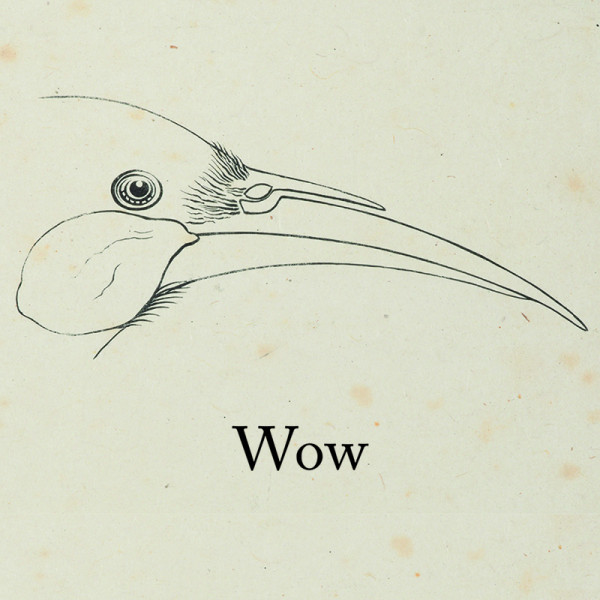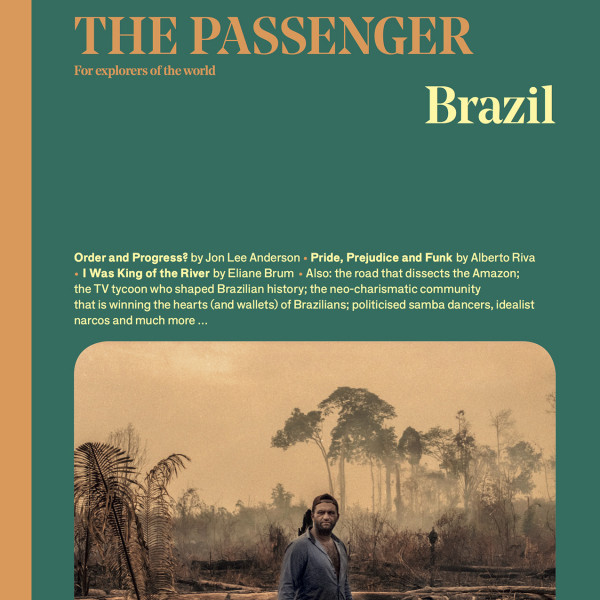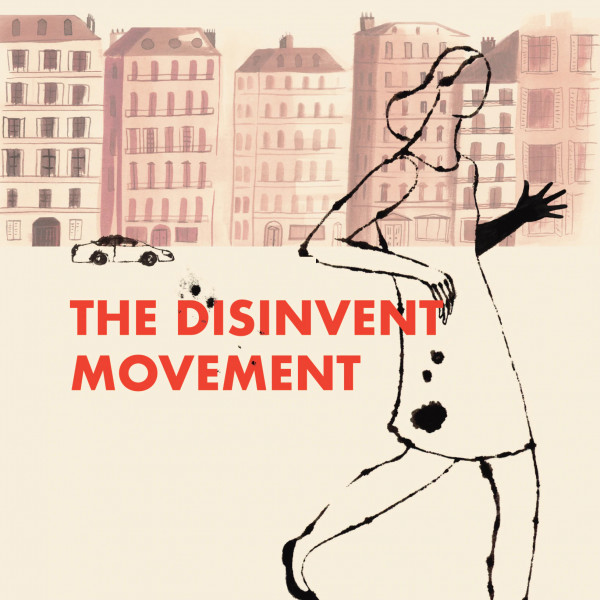
“I wanted life to be useful
like a piece of furniture that accurately
describes itself. I had this thought, you see,
and I wanted to write it down.”
Writing a short book review can become a procedural exercise if you let it. First, introducing the author – their name, accomplishments, previous works. Then, reducing the work to its qualities that interest you most, pasting some quotes in there to say, “see what I mean?”
Bill Manhire poses a significant threat to this order of things. Impossible to summarise in 350 words, Wow is not merely an infantile exclamation, but an appropriate reaction to the words that follow.
“They fell in love between the end of footie season
and the start of shearing. Sheep gazed, bewildered.
The paddocks stretched up into the hills,
mostly scrub and a few old stands of bush.
‘Now listen here,’ he said, and that was it really.”
Among other things, these poems are about the native bird, God, and the peculiar acts that define a regular existence. Manhire’s love for repetition and rhyme persists, and his treatment of the ordinary in Wow lends itself to the surreal. The pull of Manhire’s verse is forceful, as is the ensuing feeling that you too might be living in one of his poems. Bill Manhire is to New Zealand poetry what John Prine is to Chicago folk music.
“I like the cloud at the top of Shingle Road,
the way it makes my feelings settle.
Sheep can still find grass there,
grazing among a thousand stones.
Each stone was once the shadow of a bird.”
See what I mean?











